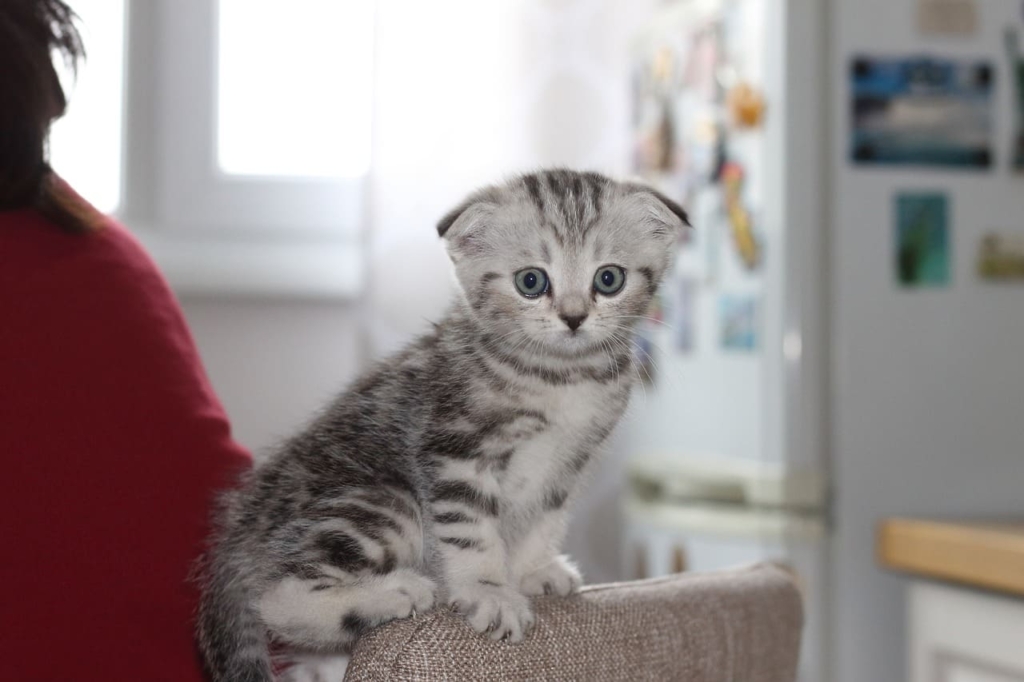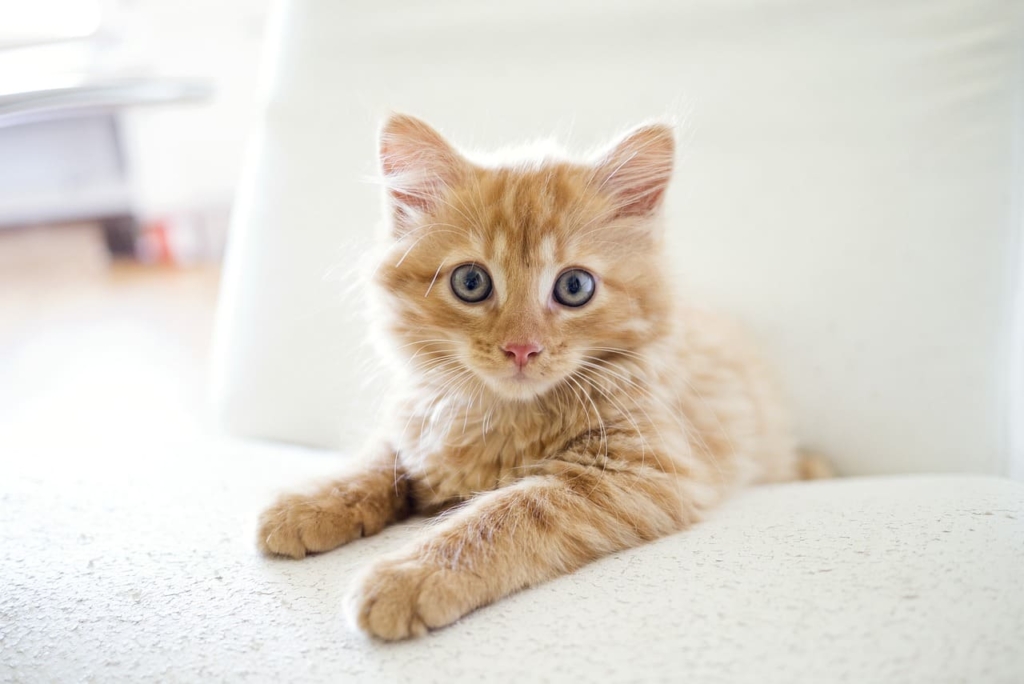6 Types of Cat Sound | Cat Sound: Decoding Your Feline Friend’s Vocal Language
Cats are fascinating creatures that have been living alongside humans for thousands of years. While they may not be as expressive as dogs, they communicate through various vocalizations and non-vocal sounds. Understanding these sounds is crucial for cat owners and enthusiasts to build a strong bond with their feline friends. In this article, we will delve into the world of cat sounds, decoding their meanings, and learning how to communicate effectively with our beloved companions.
The Importance of Understanding Cat Sounds
As pet owners, we are responsible for our cat’s well-being, and understanding their vocalizations is an essential aspect of responsible pet ownership. Cat sounds can convey various emotions, needs, and desires, and being able to interpret them can help us address their concerns and ensure their comfort.
Decoding Cat Vocalizations: What Do They Mean?

1. Meows and Their Variations
Meowing is one of the most common ways cats communicate with humans. However, different meow variations can have distinct meanings. Short, high-pitched meows often indicate greetings or requests for attention, while long, drawn-out meows might signify discontent or a desire for something, like food or playtime.
2. Purring: Contentment and More
Purring is a unique vocalization in the feline world. Cats typically purr when they are content and relaxed. However, they can also purr when they are in pain or anxious as a self-soothing mechanism.
3. Hissing and Growling: Warning Signs
Hissing and growling are defensive vocalizations. Cats hiss and growl when they feel threatened or scared, serving as a warning to stay away.
4. Chirping and Chattering: Prey Drive
Chirping and chattering are intriguing sounds that cats make when they spot birds or other small animals. These vocalizations are thought to be an expression of their hunting instincts.
5. Yowling: Attention and Mating Behavior
Yowling is a loud and intense sound that cats make for various reasons. Female cats in heat yowl to attract potential mates, while others might yowl to get their owner’s attention or express distress.
6. Caterwauling: Unaltered Males on the Prowl
Caterwauling is a combination of yowling and meowing and is often associated with unneutered male cats seeking a mate.
Non-Vocal Cat Sounds: What to Listen For
Apart from vocalizations, cats produce several non-vocal sounds that are equally meaningful.

1. Purring
As mentioned earlier, purring is a non-vocal sound that signifies contentment. Cats purr by vibrating their vocal cords, and the sound can be therapeutic for both the cat and its owner.
2. Hissing
Hissing is a defensive sound that cats make by expelling air forcefully through their mouths. It is a clear indication that the cat feels threatened or frightened.
3. Growling
Similar to hissing, growling is a sign of agitation or fear. Cats produce growling sounds by making low, guttural noises.
4. Chirping and Chattering
The chirping and chattering sounds are often heard when a cat is observing birds or other prey outside a window. These sounds are thought to be an expression of frustration at not being able to reach the target.
5. Yowling
Yowling, as a non-vocal sound, can be more intense and expressive than meowing. It is often associated with mating behavior or seeking attention.
Why Do Cats Make Different Sounds?
Cats have evolved to be solitary hunters, and their vocalizations have developed as a means of communication in various situations. Each sound has a specific purpose, enabling cats to express themselves effectively to humans and other animals.
Tips for Communicating with Your Cat
Understanding your cat’s sounds is just the first step. To communicate effectively with your feline friend, consider the following tips:
1. Pay Attention to Context
The context in which the sounds occur is crucial. A meow during mealtime might indicate hunger, while a meow at the door could mean your cat wants to go outside.
2 Learn Your Cat’s Preferences
As you spend more time with your cat, you’ll become familiar with their preferences and what different sounds might mean.
3. Use Body Language
Cats also communicate through body language. Observe their posture and facial expressions to get a better understanding of their emotions.
4. Respond Appropriately
When your cat communicates a specific need, respond accordingly to show that you understand and care for them.

Conclusion:
Cat sounds are a fascinating aspect of feline behaviour. By understanding these vocalizations and non-vocal sounds, you can develop a deeper connection with your cat and provide better care for their emotional and physical well-being. Pay attention to their cues, respond with love and care, and watch your bond with your feline friend flourish.
Cat Sound FAQs:
-
Why does my cat chirp at birds?Cats chirp at birds as a natural hunting behaviour. They may be expressing their frustration at not being able to reach their prey.
-
What does it mean when a cat hisses?
Hissing is a sign of fear or feeling threatened. Your cat may be warning you or another animal to stay away.
-
How can I tell if my cat is in pain based on its sounds?
Cats in pain may vocalize differently than usual. They might produce more intense or continuous sounds, indicating discomfort.
-
Why do cats meow at night?
Cats may meow at night for various reasons, such as wanting attention, being hungry, or experiencing nocturnal activity.
-
Is it normal for cats to purr while they eat?
Yes, some cats purr while they eat as a way to self-soothe and show contentment.
-
Why does my cat meow excessively?
Excessive meowing in cats can have various reasons, including seeking attention, hunger, stress, illness, or even boredom. Observing the context and frequency of meows can help identify the underlying cause.
-
What does it mean when a cat purrs while being petted?
When a cat purrs while being petted, it is generally a sign of contentment and pleasure. Cats often purr to show their affection and enjoyment during moments of bonding with their owners.
-
How do I differentiate between a yowl and a meow in my cat?
Yowling and meowing have distinct sounds and purposes. Meows are usually shorter and have varying tones, while yowls are more intense and elongated, often associated with mating behaviour or distress.
-
Should I be concerned if my cat suddenly stops making sounds?
A sudden loss of vocalizations in your cat could indicate an underlying health issue, especially if accompanied by other unusual behaviour. It is advisable to seek veterinary attention to rule out any potential problems.
-
Can I teach my cat to respond to specific vocal commands?
Yes, cats are capable of learning and responding to vocal commands if trained properly. Use positive reinforcement techniques, such as treats and praises, to encourage your cat to associate certain words with actions or behaviours.
Recommended:
Top 10 Dog Movies: A Heartwarming Journey Through Canine Cinema
Top 10 Cute Cats Breed (2023) : Adorable Felines That Melt Your Heart





























